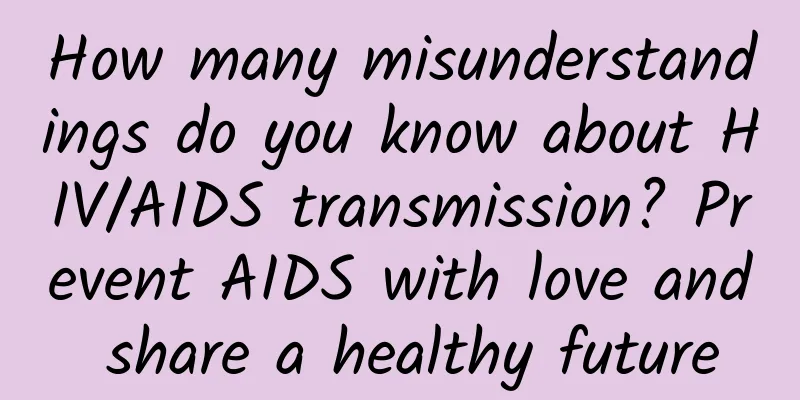Can I have a painless abortion during breastfeeding?

|
For general miscarriages, vacuum aspiration can be performed within 10 weeks. Vacuum aspiration has relatively little trauma and can be performed in a hospital outpatient clinic. After completing the relevant examinations and performing B-ultrasound, understanding the size and location of the gestational sac and the basic condition of the pelvis, including gynecological examination to rule out Trichomonas vaginitis and even infectious diseases, painless abortion surgery can be arranged. Of course, if the pregnancy is relatively advanced and hospitalization is required for induced labor, different methods of induced labor can be used. If the induced labor is incomplete or fetal remains, painless uterine curettage can be arranged to make miscarriage or induced labor comfortable, safe and effective. After the abortion, patients need to pay attention to rest. Sexual intercourse and sitz bath are strictly prohibited for one month. Uterine contraction drugs and antibiotics need to be taken orally for one week. Uterine contraction drugs can be motherwort paste, and antibiotics are preferably cephalexin, provided that the patient is not allergic to cefixime. The third month of pregnancy is already 12-13 weeks, the fetus has basically grown and formed, the uterus has significantly expanded, and painless abortion is no longer possible. Painless abortion is suitable for intrauterine pregnancy within 70 days of amenorrhea. Beyond this range, abortion surgery is no longer suitable. Because the uterus was too dilated and the fetus was relatively large, it was impossible to completely clean the test tube embryo tissue through artificial abortion. If you really want to terminate the pregnancy this month, you usually take medicine first to soften the cervix, and then terminate the pregnancy through curettage or clamping. Terminating the pregnancy in March requires surgery. If you are three months pregnant and the fetus is already formed, you cannot undergo painless abortion. You can only take double medication to induce abortion first, and then undergo a uterine curettage. When undergoing a uterine curettage, you can choose a painless nanotube curettage. If you don't want to have a baby, it is recommended to terminate the pregnancy as soon as possible to avoid a long period of pregnancy. If it is more than four months, then only induced labor can be done, which will have a greater impact on the human body and cause greater trauma. It is recommended that you refrain from sexual intercourse within one month after abortion, keep warm, avoid cold, and avoid eating cold and spicy foods. |
<<: Can I have an abortion during breastfeeding?
>>: Can I use plasters while breastfeeding?
Recommend
What does it mean when a woman's back hurts?
Sometimes women will experience back pain. For ex...
Will shaving armpit hair cause body odor?
It is not difficult to find that the cover girls ...
Itch, redness, swelling, leucorrhea, curd residue
The vagina is a very important part of women. Vag...
What are the precautions and diet after childbirth?
Regardless of whether it is a natural birth or a ...
How big is the fetus at two months of pregnancy?
Many female friends only discover they are pregna...
How do women clean their vagina?
Vaginal cleaning is very helpful for female frien...
The role of baking soda in washing the vulva
In daily life, most women will suffer from gyneco...
Can weak positive result be treated with medicine?
Women will suffer significant effects on their bo...
What are the nutritional components of goat milk powder? Is goat milk powder hot or cold?
Modern nutrition research has found that the cont...
Dark spots on inner thighs during pregnancy
For normal women, the inner thighs should be whit...
Picture of IUD on arm
Nowadays, there are many methods of contraception...
Every woman must guard these five "holes"
The incidence of vaginitis is very high, and now ...
Sony's financial report: Sony made a profit of 2.5 billion yuan in fiscal 2012, the first profit in 5 years
According to RecordJapan news network on April 25...
Causes of PCOS
Polycystic ovary syndrome is a common disease amo...
It usually takes a few months for babies to stop fussing during sleep. What can I do to relieve my baby's fussing during sleep?
We all know that babies often have various proble...









